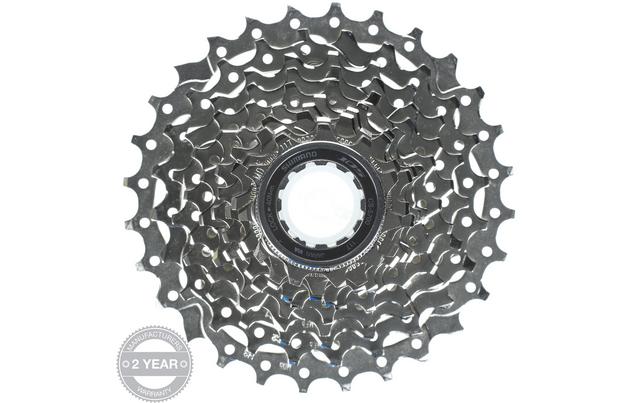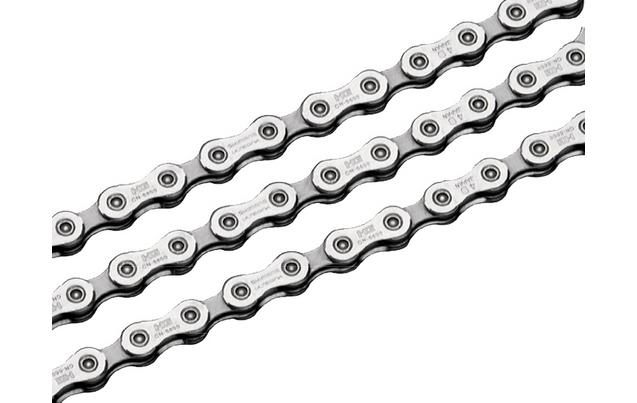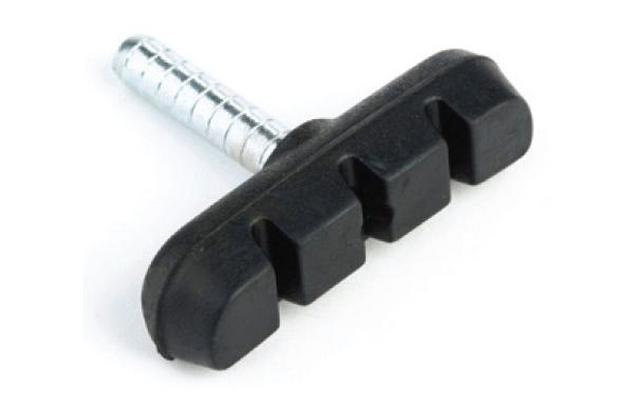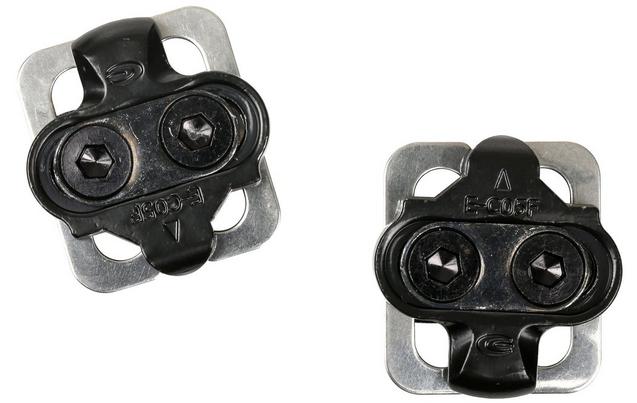It’s easy to get caught up in the feeling of riding your bike, but it’s important to put the same enthusiasm into keeping your cycling equipment in top condition – it’ll not only extend the life of your kit, but it’ll keep you safe too.
Here’s a complete guide on when to replace your cycling gear and how to prevent any unnecessary damage to it.
Helmet
Keeping your bike helmet in good condition can keep you safe. You should look to replace it every three years to make sure that the foam inside of your helmet, otherwise known as EPS, hasn’t eroded or cracked.
However, if you notice any cracks and dents to the shell, damage to the EPS, or the plastic interior liner (MIPS), replace it immediately. All of these things help to keep the helmet firmly fixed on your head and are built to reduce the sudden impact on your head in the case of a crash.
A tip to keep your helmet in great condition: don’t use any solvent on it, as products that contain chemicals can cause damage. Instead, use warm, soapy water to gently clean it after every ride.
Cassette and chainrings

The cassette is the cluster of gears on the back wheel of your bike, which will eventually get worn down with sustained use.
To check its condition, have a look at the space between the teeth to see if there is any wear. They’ll take on more of a wave shape on one edge if it needs replacing. Just be aware that you should always replace your cassette and bike chain together.
To prevent this from happening so quickly, give your cassette a scrub using a cleaning kit. You should also carry out the same process for the front gears, otherwise known as the chainrings.
Bike chain

Your bike chain is one of the most important components on your bike, so keep a close eye on its condition.
As a general rule, you should look to replace your bike chain every 2,000 miles. However, some will naturally last longer than others.
Try carrying out the ‘ruler test’. To do this, draw the chain taut, align the end of a ruler at the zero-inch mark with the centre of a rivet, and see where the ruler’s 12-inch mark lines up.
If the rivet is less than 1/16 of an inch ahead of the 12-inch mark, then your chain is in perfect condition. Anything more and you should think about replacing it. Or for an easier way, the Bikehut Chain Wear Checker is great.
You should regularly apply lubricant and clean your chain as a dirty one will grind down the cassette and chain links.
Brake pads

Healthy brake pads are vital for keeping safe on your rides. You can tell whether your brake pads are on the way out because you’ll have to pull more aggressively on the brake lever to feel the bike begin to slow down.
In extreme cases, you might be able to hear a loud metal-on-metal screech when you brake, meaning the rubber has worn and the pad backing is striking the rim or rotor. To keep your brake pads in good condition, you can use medium grit sandpaper to clean them.
Cleats

If you use clipless pedals, you may find that the cleats can become worn down over time, causing your foot to move around in the pedal. While there’s no time limit on how long these last, a big sign to look out for is a squeaking noise when you pedal, or if you don’t hear that satisfying click when you clip your shoes on.
Like any other cycling equipment, you should make sure your cleats are clean. Avoid walking in your shoes as well, as this could wear down the component needed to fix them onto your cleats.
Cycling shoes
Trying to work out when to replace a pair of cycling shoes depends on a number of variables. For instance, a cheaper pair might not have the quality fabrics to withstand ongoing use, while if you do a lot of mountain biking or other rigorous riding and forget to clean them, they might also wear out prematurely.
As a starting point, check the closures (or seals) and the soles of the cycling shoes. If you see significant wear, you might need to get a new pair. Some styles and makes of cycling shoes allow you to replace certain parts, which will help extend their life.
To help reduce damage, always clean your shoes thoroughly after using them, and try to avoid walking in them.
So, those are our top tips for spotting when your cycling equipment has reached the end of its life. When the time does come to replace your gear, you’ll find all our must-have cycling accessories and parts over at Halfords.com, or pop into your local store.
You want cycling accessories that last, you want Halfords.


